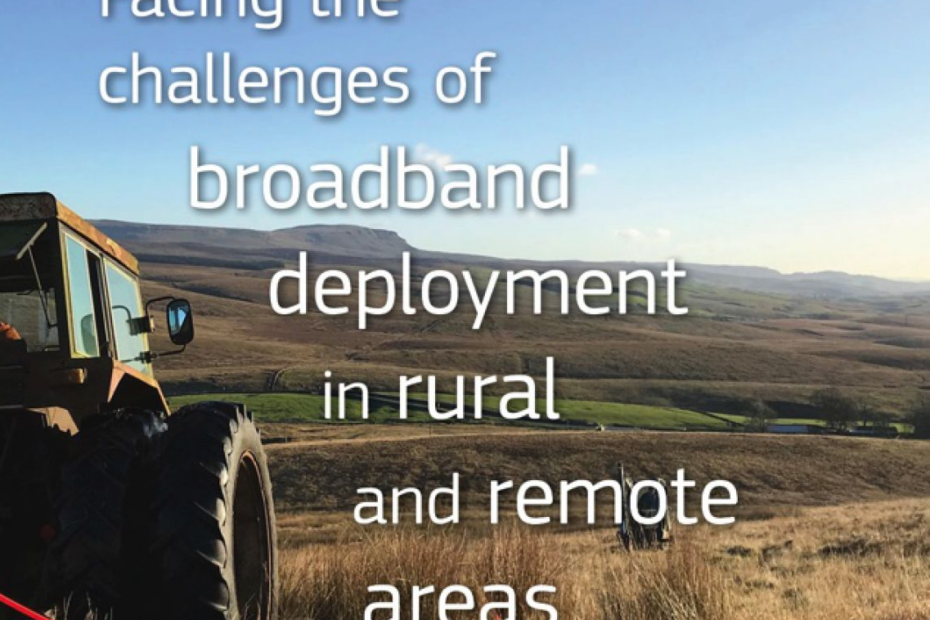Source: The Broadband Competence Offices Network
The Broadband Competence Offices Network has published the new Handbook: ‘Facing the challenges of broadband deployment in rural and remote areas’. This is a handbook for rural policy makers and broadband project managers who wish to roll-out high-speed networks in rural or remote territories, effectively and efficiently. It aims to help these areas overcome the digital divide affecting their citizens, communities and economic activities, by taking a closer look at the success factors and good practices demonstrated by 12 rural broadband project case studies.
The Broadband Handbook: ‘Facing the challenges of broadband deployment in rural and remote areas’
This handbook complements the European Guide to High-Speed Broadband Investment which provides the conceptual framework and the information needed to make the right decisions when choosing a type of infrastructure, investment and business models, as well as financing tools (note: an update of this guide is currently under preparation).
The first part of the handbook makes the case for rural and remote area broadband investment and outlines the technological solutions, the European broadband targets and progress, and sources of EU funding and support for broadband. The second part presents examples of good practices that rural and remote communities have used to solve the issue of broadband connectivity. It outlines the solutions implemented, taking into account social, territorial and economic aspects. It also addresses lessons learned from unsuccessful cases and defines a simple framework covering the key issues for rural or remote broadband projects.
This publication is part of the European Commission’s ‘Action Plan for Rural Broadband‘ aiming to bring better broadband to rural and remote areas of the EU.
In times of Covid 19, connectivity becomes essential for rural areas.
The current context has reinforced the long standing request from rural areas to have quality broadband that enable this areas to become a modern society with a modern economy around digital innovation. It is demonstrated that this basic infrastructure, and some argue, new human right, offers countless opportunities for the development of SMEs and remote working, in the agriculture sector (e.g. livestock monitoring) and for the provision of health services in less densely populated areas (e.g. telemedicine).
The EU offers a wide range of tools that can be used by Member States to support the deployment of broadband in rural areas, namely:
- the European Structural and Investment Funds (ERDF and EAFRD in particular)
- the European Fund for Strategic Investments (EFSI is a European Investment Bank fund supporting strategic investments in key areas such as infrastructure, energy efficiency and renewable energy, research and innovation, environment, agriculture, digital technology, education, health and social projects.
- Connecting Europe Facility (for instance with the WiFi4EU initiative)
- the Connecting Europe Broadband Fund
